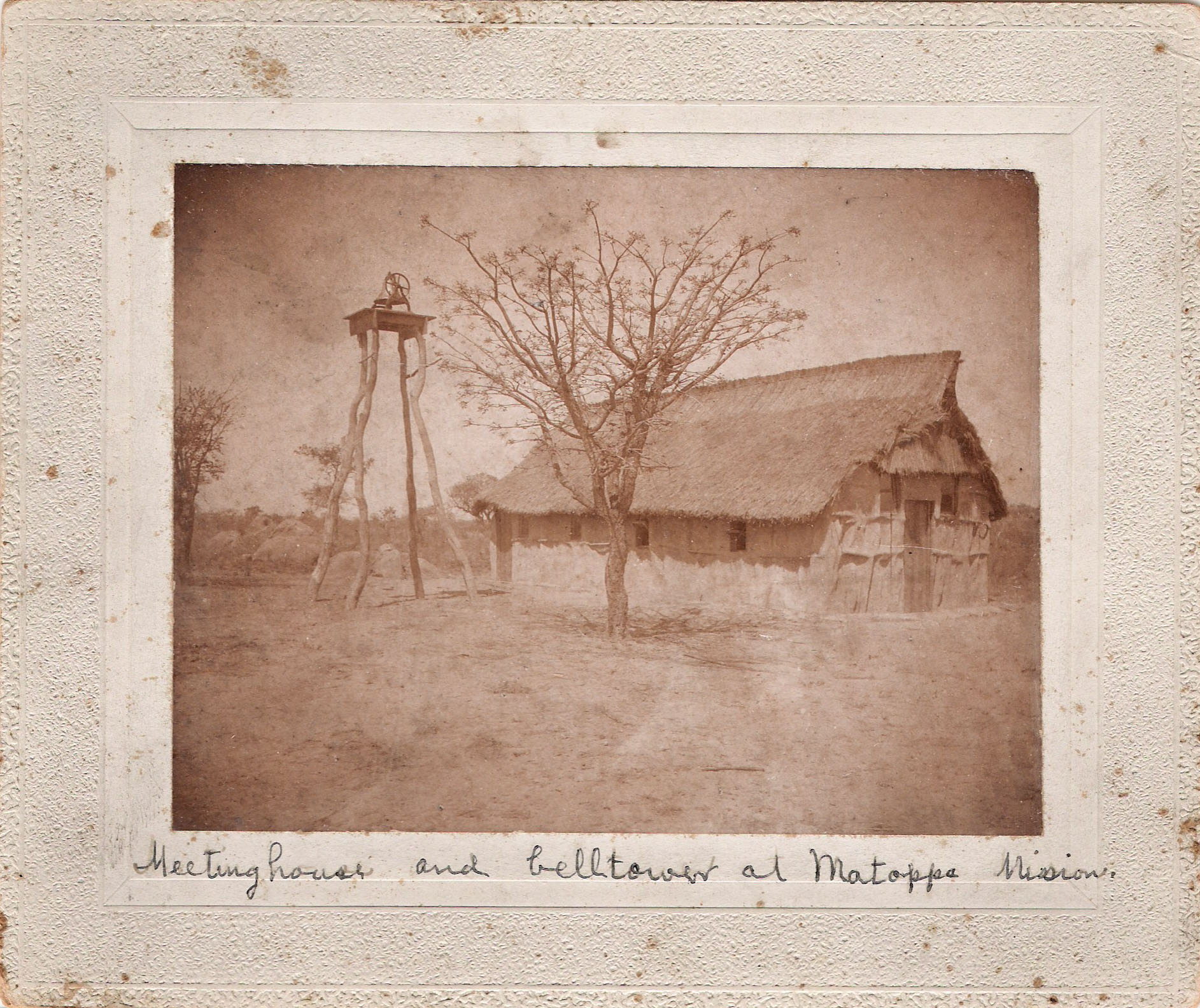
I’m writing this post while simultaneously preparing for another day of my course on Brethren in Christ history and theology. We’ve covered a LOT of ground in the last four days (since I last updated the blog). Right now, we’re working our way through what historian Carlton O. Wittlinger calls the “First Period of Transition” in the life and thought of the Brethren in Christ. Today, we’re discussing the emergence of Brethren in Christ educational institutions, and we’re specifically looking at the history of Messiah College.
Today’s Photo Friday post, though, emerges out of yesterday’s classroom discussion: on the history of early cross-cultural missions work among the Brethren in Christ. Students read biographies of Sarah H. Bert and H. Frances Davidson, and then discussed a variety of elements arising from those biographies: education, calling, and challenges related to the missionaries’ gender.
One element we discussed were difficulties in cross-cultural connection. Anyone who’s considered the history of 19th century American Protestant missions knows that Western cultural assumptions impacted the way that missionaries looked at indigenous peoples — and the way they chose to lead those peoples to Christian faith. The Brethren in Christ were no exception here. For instance, in his biography of Frances Davidson, Morris Sider shows that Davidson used terms like “uncivilized” and “heathen” to describe her African neighbors. Yet he also points out that unlike other missionaries of her era, Davidson went out of her way to connect with the African peoples with whom she interacted — even going as far as learning their local language. He writes,
Possibly more than any other Brethren in Christ missionary of her time, Frances Davidson made a strong effort to understand and identify with the African people. It is true that her views and actions were often paternalistic, or so it seems in hindsight. Her paternalism, however, was usually relatively subdued in comparison with views prevailing in her period. And it is surely as important to see the degree to which she attempted to understand the African as it is to see the degree in which she failed to do so. [1]
Western cultural assumptions also implicitly arrived on the African content in the material culture that the missionaries brought with them. One sterling example of this phenomenon can be seen in today’s Photo Friday installment: the first Brethren in Christ meeting house built at Matopo Mission.
Scholar Dwight Thomas considers the cultural assumptions embedded in this construction project in his 2010 article, “They Brought a Kodak: The Earliest Photographs of the Brethren in Christ Missionaries in Africa.” Thomas writes:
Although some aspects of the building employed local building methods — mud walls and thatched roofs, for example — the design of the first church building was not in the local style but in the manner of the American church, complete with windows, doors, and a gabled roof. Notice the placement of the doors: one for congregational entrance and one for the minister to enter near the pulpit. . . . The presence of a bell adds to the overall western appearance of the church and provided missionaries with a means by which for reminding nearby villagers that church services were about to begin. Bells of some sort — sometimes merely an old metal tank — continue to be used at mission stations and schools even today. . . .
The goal of American and British missionaries was not only to bring the gospel to Africans but to civilize them as well. Reorganizing African lives according to Western understandings was part of the missionary agenda. And after all, how can one ‘keep the Sabbath’ if one does not recognize a seven-day week? The bell provided the means to help order weeks in a Western, Christian fashion. [2]
Thomas goes on throughout the article to make additional insights about some of the other photos taken during this initial phase of missionary work.
Notes:
[1] E. Morris Sider, “H. Frances Davdison,” in Nine Portraits: Brethren in Christ Biographical Sketches (Nappanee, Ind.: Evangel Publishing House, 1978), p. 178.
[2] Dwight Thomas, “The Brought a Kodak: The Earliest Photographs of Brethren in Christ Missionaries in Africa,” Brethren in Christ History and Life 33, no. 2 (August 2010), 291, 292.
